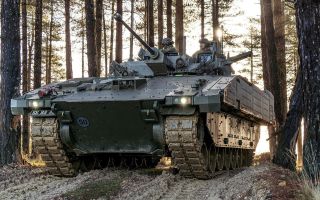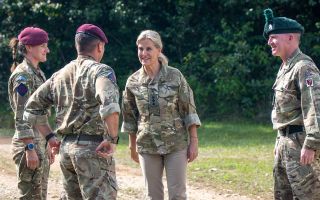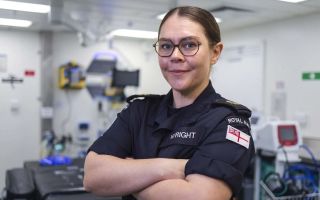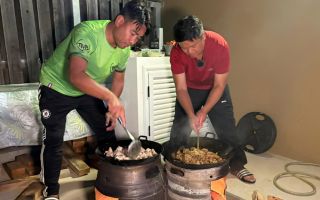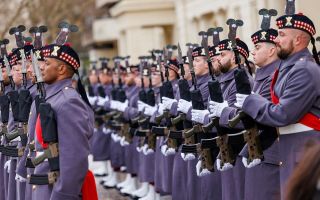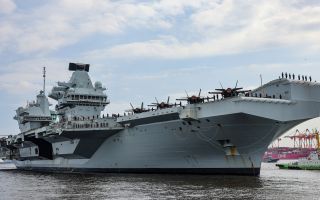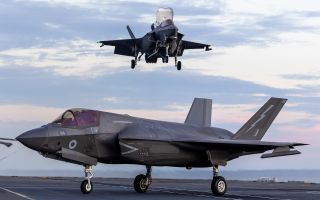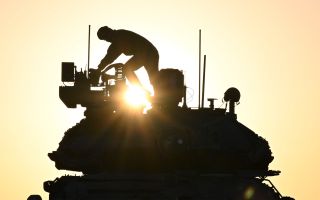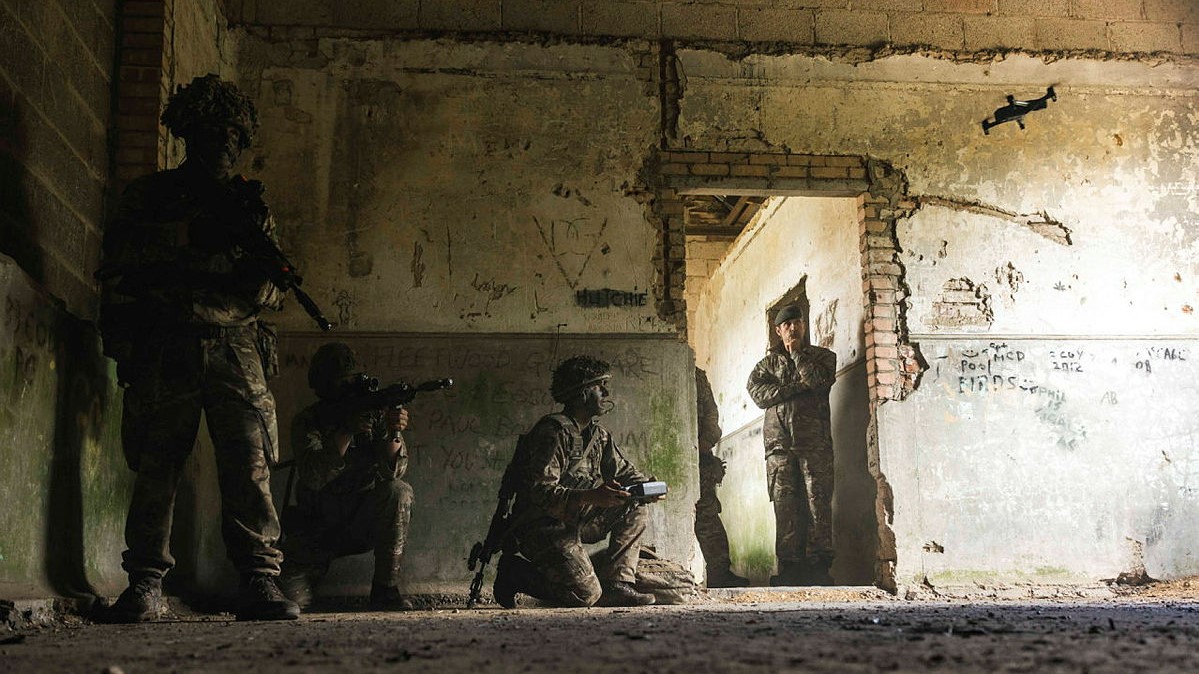
The Royal Yorkshire Regiment: All you need to know

The British Army's Royal Yorkshire Regiment has more than 330 years of history behind it.
Yorkshire's Infantry, traditionally being made up of infantry personnel, has been on the frontline from the North American Wars, foot soldiers at Waterloo and first on the beaches on D-Day.
They were formed in 2006, after the merger of three Yorkshire regiments: The Prince of Wales's Own, The Green Howards and The Duke of Wellington's, each with its own history and achievements, including dozens of Victoria Crosses.
This British Army infantry regiment has since served in several conflicts, including the wars in Afghanistan and Iraq.
In April, His Majesty the King honoured the Yorkshire Regiment with the 'Royal' prefix.
The honour was bestowed upon the regiment in recognition of exemplary service to the Crown, the Army said.
Yorkshire roots
The Royal Yorkshire Regiment famously have strong bonds with their home county of Yorkshire and the conurbation of Teesside.
As the only county regiment remaining in the British Army, the connection and association they have with their 'home' is part of their great strength.
From the Great Yorkshire Show, Yorkshire Day, National Armed Forces Week and community projects across the county's cities and towns, the regiment continues to be active, representing and recruiting from across the region, helping to maintain existing relationships, as well as forging new ones.
The regiment's recruits are from across Yorkshire and Teesside, England and the Commonwealth. Officers are recruited nationwide and many come from further afield.
"If you live in or have connections with the north, then the Royal Yorkshire Regiment is your infantry regiment," says the regiment.
The regiment's battalions
Today's 1st Battalion, otherwise known as 1 Royal Yorks are at the forefront of armoured infantry capability, equipped with Warrior vehicles.
1 Royal Yorks Light Mechanised Infantry at Catterick undertake rigorous training exercises to enable them to rapidly deploy as part of 7th Infantry Brigade (The Desert Rats).
They also support defence outputs by providing specialist Short Term Training Teams (STTT) overseas. Currently, they are on operational deployment to Iraq.
Experts in close combat and urban operations, the highly mobile 2nd Battalion (2 Royal Yorks) are ready to respond to incidents and trouble spots anywhere in the world.
Based in Chester, 2 Royal Yorks recently undertook a wide range of experimentation and trials, launching the Army's Next Generation Combat Team on 12 Oct 22.
This new role for the battalion is central to making the Army more agile, more lethal, and more relevant against a pacing threat and to gaining advantage at a pace of relevance.
The outcome of their work was put to the test on Exercise Wessex Storm in May 2023.
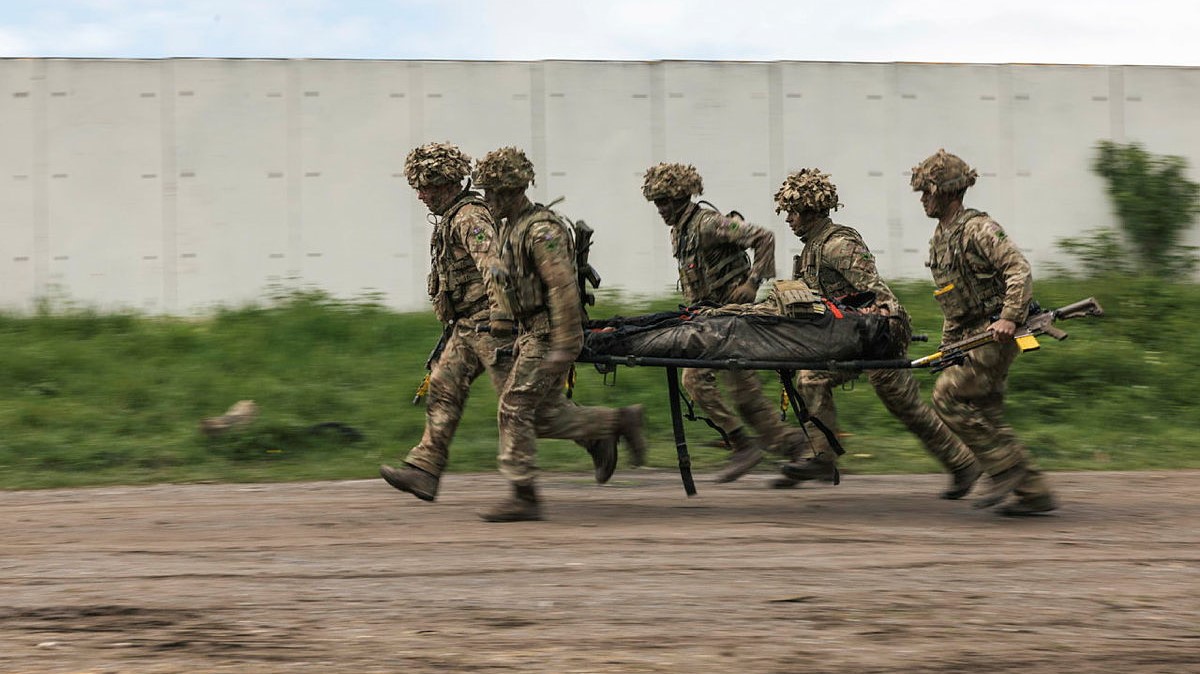
Both battalions are partnered by the reservist 4th Battalion (4 Royal Yorks) and supported by a large community outside of the regiment, including the families of serving personnel, service leavers, veterans and cap-badged cadets.
There was until 2013 a '3rd Battalion', although this was renumbered to become 1 Royal Yorks as part of the Army's 2020 restructuring.
To this day, the 'Yorkshire Warriors' are regularly called upon to operate at the forefront of the nation's defence.
Key moments in the regiment's history
1685
The East Yorkshire Regiment was a line infantry regiment, first raised as Sir William Clifton's Regiment of Foot and later renamed the 15th Regiment of Foot.
1758-1778
Caribbean, India and North American Wars of Independence.
1815
Two of the regiments were present at Waterloo – 18 June is a regimental anniversary.
1914-1918
One hundred battalions were raised, including the Hull, Bradford and Leeds Pals.
1944
On D-Day, four battalions of Yorkshiremen went ashore – 6 June is the Yorkshire Regiment's Formation Day.
Post-1992
Yorkshire's Warriors were present in Bosnia, Iraq and Afghanistan and have conducted missions worldwide.
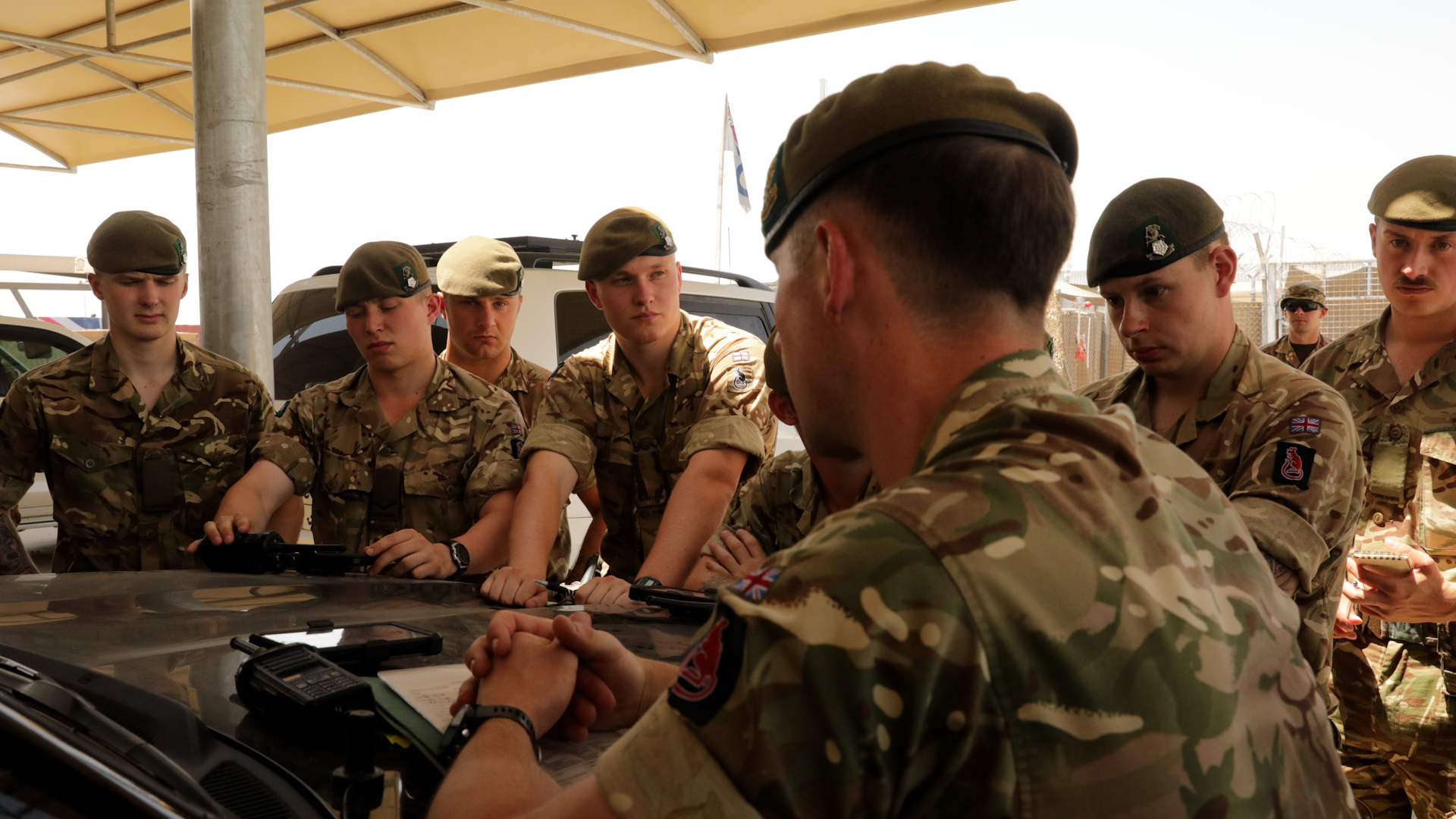
Military role
Yorkshire's infantry train hard in order to be at the cutting edge of the British Army's warfighting capability.
Experts in dismounted close combat, 2 Royal Yorks have set the Army standard for Light-Role Infantry and after deploying to Morocco in November 2018, they deployed to Afghanistan in 2019 for the second time in two years.
Since returning from operations in Afghanistan, the 2nd Battalion has undergone a change in role from Light-Mechanised infantry and now spearheads the British Army's Enhanced Light Force Battalion concept.
This is a three-year, £10m programme that will transform how future light-role, infantry forces will operate and fight.
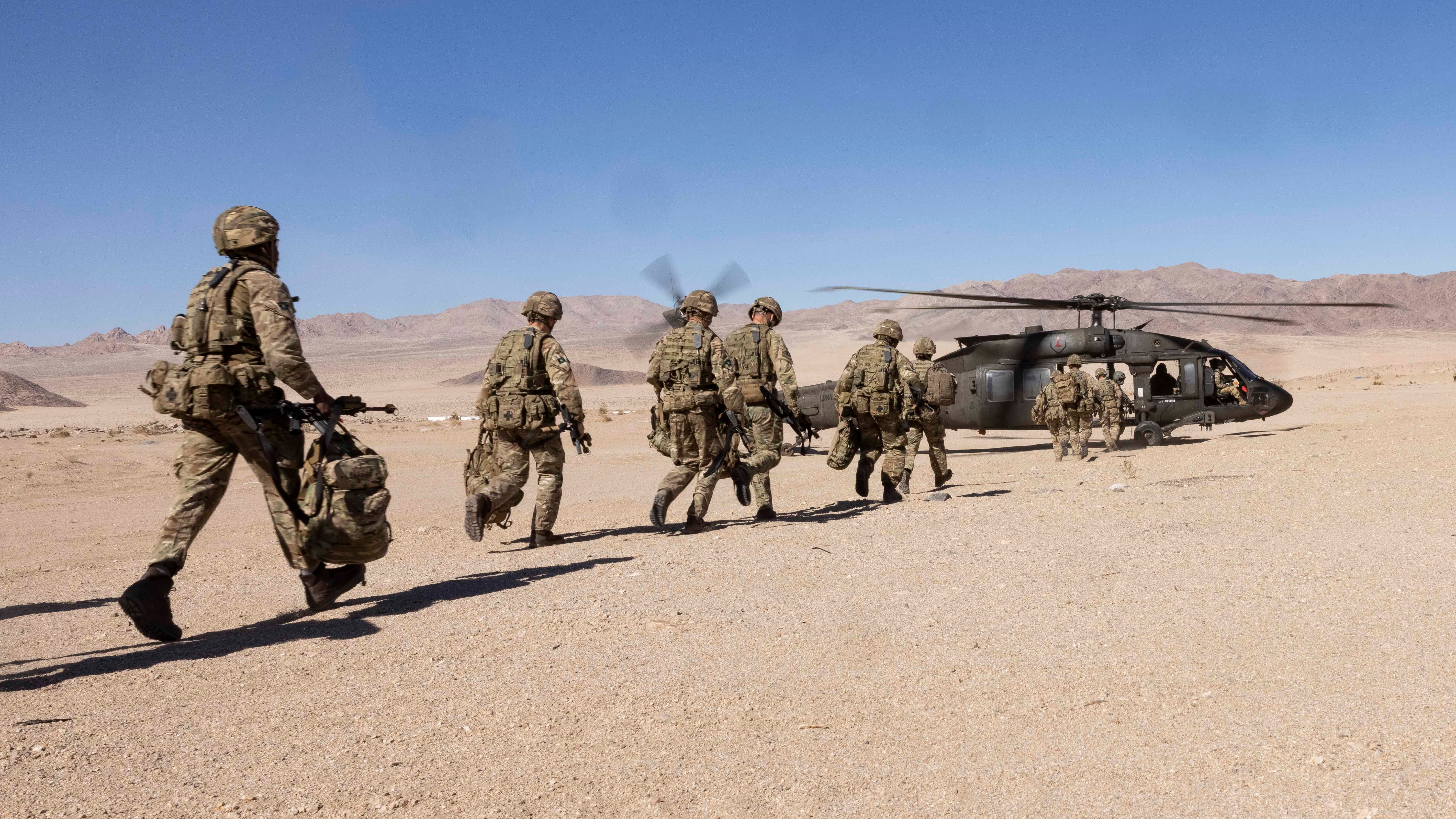
1 Royal Yorks also stay sharp for their role as infantry, routinely undertaking rigorous training exercises at Catterick.
They are also periodically tested at the British Army Training Unit Suffield (BATUS) in Canada.
As a regionally based Army reserve battalion, 4 Royal Yorks' role is naturally different to the other battalions in the regiment and they have companies and detachments in towns and cities across Yorkshire and Teesside.
Like the others, they routinely undertake training in the UK and overseas, alongside regular and coalition forces.
In recent years, they have trained with 1 Royal Yorks in Canada and with Nato forces in Lithuania and Denmark.
In June 2019, the Royal Yorkshire Regiment remembered D-Day 75 when three of its antecedent regiments were among the first ashore and Company Sergeant Major Stan Hollis of the Green Howard's was awarded the only Victoria Cross on 6 June, a date that continues as a regimental formation day.
The following year, the regiment celebrated VE Day 75 and VJ Day 75 with the local communities and veterans, including a special tribute from the Regimental Band for forces sweetheart Dame Vera Lynn.
However, some of the best shows of support for local communities came when the regiment supported the people of West Yorkshire with a major flood relief effort as well as mobilising soldiers as part of the immediate response to Covid-19.
More than 150 soldiers were mobilised on the British Army's Op Rescript to deliver Covid-19 testing across the north of England in April 2020.
In late 2020, history was made when all three of The Royal Yorkshire Regiment's battalions were in Yorkshire at the same time.
1 Royal Yorks embraced its new role within the 7th Light Mechanised Brigade Combat Team after joining the Desert Rats on Exercise Cerburus in October 2022, the Army's most significant exercise in more than a decade.
The Yorkshire Regiment was at the heart of demonstrating the utility of Light Mechanised Infantry.
With an operational deployment to Iraq fast approaching, a further deployment to Kosovo on the horizon for this year and next, and a battlegroup validation on Ex Wessex Storm in 2024, 1 Royal Yorks is now set to be part of Nato's Very High Readiness Joint Task Force (VJTF) in the relatively near future.
Given the turbulence of events in Eastern Europe, there are few, if any, more relevant roles in the Field Army right now.
Love of sport
As one of the Army's keen sporting regiments, personnel are provided the opportunity to play sports at all levels.
Their reputation is well deserved and was formed after multiple successes on sports fields at home and on tours overseas.
Members of the regiment have won trophies in football, rugby union and rugby league.

